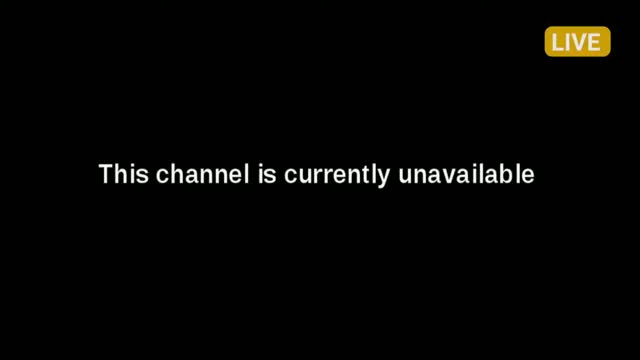State home energy rebate program brings funds, jobs and training opportunities to Kalamazoo
October 10, 2025 | Kalamazoo City, Kalamazoo County, Michigan
This article was created by AI summarizing key points discussed. AI makes mistakes, so for full details and context, please refer to the video of the full meeting. Please report any errors so we can fix them. Report an error »

A Kalamazoo presentation Sept. 24 introduced the Michigan Home Energy Rebate Program (MIHER), a state program funded through federal Inflation Reduction Act money that provides rebates and higher “enhanced” payments for households at or below 80% of area median income. Mark Lee of Better World Builders told a city sustainability committee and community partners that the program covers whole‑house energy efficiency upgrades such as insulation, air sealing and duct work, and — when projects yield larger modeled energy savings — adds electrification incentives (heat pumps, electric water heaters and panel upgrades).
Lee explained the MIHER program has two legs: one for energy-efficiency measures (Homes) and an electrification and appliance rebate leg (HEER). He said approved projects that achieve at least 20% modeled energy savings can qualify for up to about $12,000 in rebates for income‑qualified households; projects hitting higher thresholds and electrification goals may qualify for larger package incentives (the presenter cited combined packages up to roughly $20,000). Lee said homeowners must apply through the state portal and document income to be placed as either enhanced (income‑qualified) or standard rebate recipients. He also noted renters may participate with landlord consent.
Better World Builders said it is a primary contractor for the program in the region and has performed dozens of no‑cost energy audits for MIHER applicants. The firm is recruiting workers for weatherization and retrofit crews and urged local community organizations to help sign up eligible households and promote the program. Presenters and city staff urged residents to register early: the state program has funding in multi‑year tranches and expected to run for several years, and demand already outstrips current contractor capacity in some areas.
Committee members asked about likely energy‑bill savings; Lee said typical retrofit projects may reduce household energy use by 20–30% on average but noted some projects have achieved much larger reductions depending on house condition. He also flagged persistent barriers for low‑income households with deferred maintenance (roofs, hazardous wiring, mold) that may require additional gap funding beyond MIHER incentives, and suggested local nonprofits and partner agencies could help bridge those gaps.
Next steps: Better World Builders and partner organizations will continue outreach and recruitment; residents can enroll on the state MIHER portal and search for approved contractors. The presenters encouraged neighborhood groups and the city to publicize the program to speed household enrollment and workforce development.
Lee explained the MIHER program has two legs: one for energy-efficiency measures (Homes) and an electrification and appliance rebate leg (HEER). He said approved projects that achieve at least 20% modeled energy savings can qualify for up to about $12,000 in rebates for income‑qualified households; projects hitting higher thresholds and electrification goals may qualify for larger package incentives (the presenter cited combined packages up to roughly $20,000). Lee said homeowners must apply through the state portal and document income to be placed as either enhanced (income‑qualified) or standard rebate recipients. He also noted renters may participate with landlord consent.
Better World Builders said it is a primary contractor for the program in the region and has performed dozens of no‑cost energy audits for MIHER applicants. The firm is recruiting workers for weatherization and retrofit crews and urged local community organizations to help sign up eligible households and promote the program. Presenters and city staff urged residents to register early: the state program has funding in multi‑year tranches and expected to run for several years, and demand already outstrips current contractor capacity in some areas.
Committee members asked about likely energy‑bill savings; Lee said typical retrofit projects may reduce household energy use by 20–30% on average but noted some projects have achieved much larger reductions depending on house condition. He also flagged persistent barriers for low‑income households with deferred maintenance (roofs, hazardous wiring, mold) that may require additional gap funding beyond MIHER incentives, and suggested local nonprofits and partner agencies could help bridge those gaps.
Next steps: Better World Builders and partner organizations will continue outreach and recruitment; residents can enroll on the state MIHER portal and search for approved contractors. The presenters encouraged neighborhood groups and the city to publicize the program to speed household enrollment and workforce development.
View full meeting
This article is based on a recent meeting—watch the full video and explore the complete transcript for deeper insights into the discussion.
View full meeting
